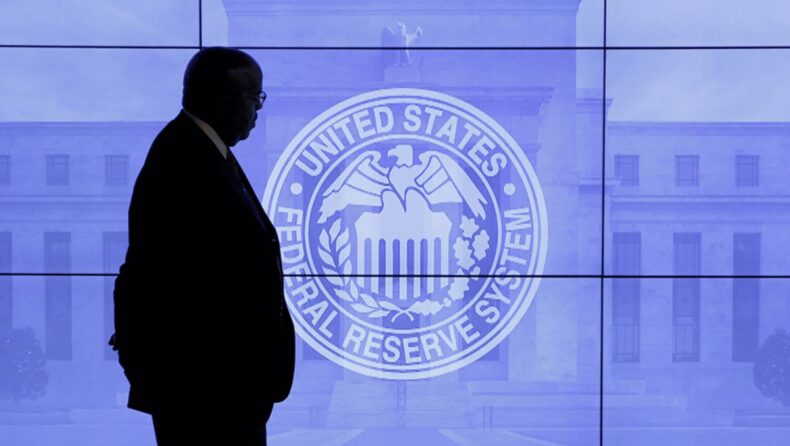As economic concerns rose, the Federal Reserve hiked interest rates by a quarter percentage point, implying that it could be the final move in the most aggressive campaign since the 1980s.

The Fed’s benchmark federal funds rate was raised to a target range of 5% to 5.25%, the highest level since 2007, up from almost zero early last year. The vote was unanimous. US equities continued to rise as Treasury yields and the dollar fell.
Inflation’s effect on the economy
The Federal Reserve, America’s central bank, raised interest rates by 25 basis points on Wednesday to combat growing inflation. The Fed is aiming to bring inflation under 2%, and for that, it has resorted to the fastest rate hikes in history, with ten increases since March 2023.
Despite the multiple rate hikes, inflation has not decreased significantly. In March, inflation slowed to 5%, which was still well above the Fed’s target. According to the Fed, the country’s economic activity rose at a modest pace in the first quarter, job increases have been robust in recent months, and the unemployment rate has remained low while inflation remained elevated.

The central bank stated that its long-term goals include achieving maximum employment and inflation at a rate of 2%. It stated that in order to further these objectives, the Committee increased the federal funds rate target range from 5 to 5.25%. Despite the Fed’s repeated assurances that it would not stop working until the job was completed, many think it may have struck a pause button on the back of the banking crisis and fear of economic decline.
Silicon Valley Bank was brought down by the Fed’s abrupt and significant rate hike. This caused investors to panic, and within days, another lender, Signature Bank, also failed. Just two days ago, another American lender, First Republic Bank, failed and was acquired by J.P. Morgan.
Fed’s statements
The Federal Open Market Committee said in a statement on Wednesday that the committee will closely observe and monitor incoming information and assess the implications for monetary policy. The FOMC also reiterated that the US banking system is sound and resilient but stressed that the central bank was strongly committed to bringing inflation down to 2%.
It had removed a clause from its previous March statement that stated that the committee anticipates that some additional policy firming may be appropriate. Instead, the FOMC will take various factors into account in determining the extent to which the new policy may be suitable.

According to the FOMC, tighter credit conditions for consumers and companies are anticipated to have an impact on the economy, employment, and inflation. They further added that the extent of these effects remains uncertain and that the committee is highly attentive to the risks regarding inflation.
A monthly Labour Department report, which was released on Tuesday, showed that the number of job opportunities decreased and the number of layoffs increased in March, which is a sign that the employment market is finally feeling the effects of monetary tightening.
Hopes for positive results
Policymakers are resolved to ensure inflation will continue to slow down – potentially with costs to employment – even as the banking system undergoes stress, lawmakers set up criticism, and the most recent data point to a possible weakening of the labour market.

The Fed’s rate hike appears to be showing results in containing the overhead market. According to the most recent data, job vacancies plunged in March to their lowest level in over two years, signalling a slowdown in the American employment market. US firms reported 9.6 million vacancies in March, the fewest since April 2021 and down from nearly 10 million the month before.
Alarm bells are still sounding in Washington as the 2024 presidential election campaign gets under way about the likelihood of growing unemployment.













